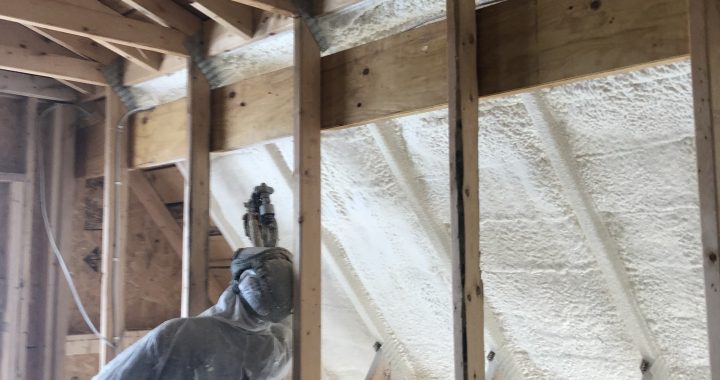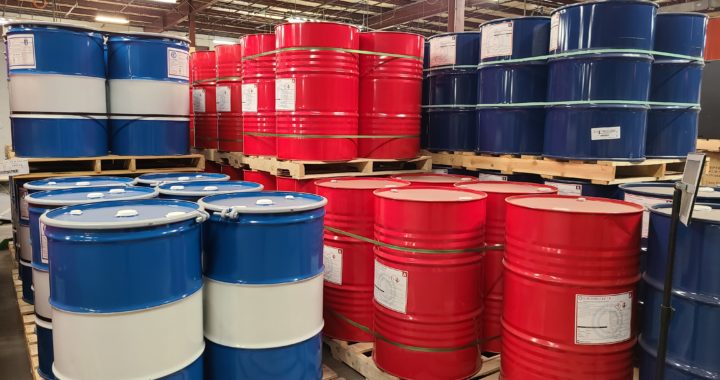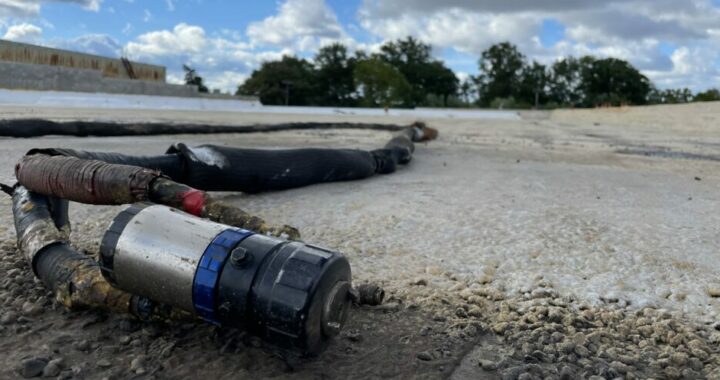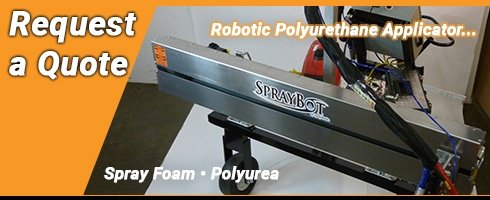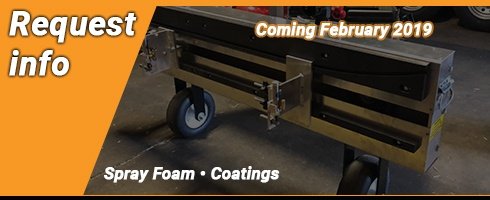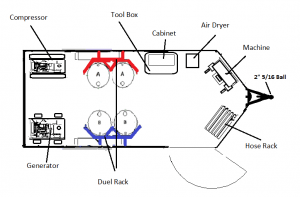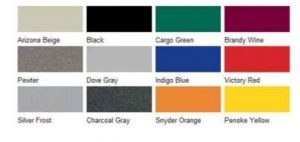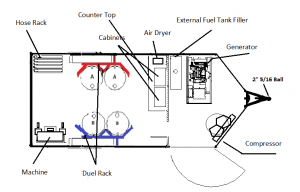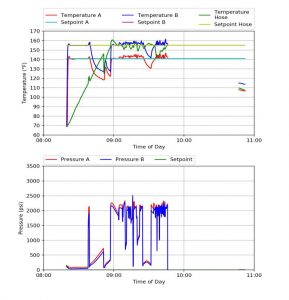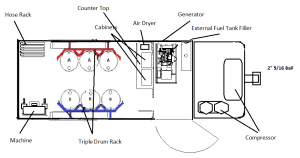One of the most basic human needs is temperature management. We use it in most walks of life, specifically when it comes to the preservation of heat or cold inside our homes, coolers, refrigerators, ovens, stores, cars, and many other everyday applications. With the ability to retain desired temperatures in particular situations, science and ingenuity are tasked with figuring out methodologies by which temperature control can help various aspects ranging from reduction of the greenhouse effect, energy savings, and cost reduction for various means for owners of businesses and residential properties.
Continue readingTag Archives: Spray Foam Insulation
When to Perform Maintenance Checks
Avoid unnecessary down time by performing maintenance checks before you start your day. It is easier to perform these checks while the system is cool and pressure free. Taking this step saves you downtime later if something was wrong.
2021 Guide to Expanding your Business with your Spray Foam Equipment
If you own a spray foam business, you have likely invested in a rig. This gives you a central location for easily transporting all of your service equipment regardless of what your customer’s needs might be. However, it is just as likely that in your business operations you have encountered customers who need other services performed, ones you simply cannot help out with as you are missing the needed equipment which could be supplemented to your rig’s collective. If you just had a few more pieces of equipment, you could potentially offer multiple other commonly requested residential services, supplementing your business model’s array of services.
Continue readingTips for Cold Weather Spray Foam Insulation
With more customers requesting insulation installs for their residences and businesses, contractors are increasingly interested in finding out more about the application of spray foam. Many realized the benefits of spray foam insulation for cold weather as the frigid temperatures set in, resulting in calls to contractors who need to figure out how to maintain their foam product in temperatures not conducive to its operation and storage.
Continue readingWhat type of foam insulation spray equipment should I get?
When operating or are initiating a foam insulation business, you are aware of the practical, versatile, and lucrative nature of the insulation market. However, as with most booming industries, there are a variety of uses for spray foam insulation spanning a range of applications. In an increasingly ‘green’ initiative-minded world, insulation helps lower energy consumption and assists in keeping often unfriendly weather outside where it belongs.
Continue readingHow to Reduce Pocketing in Studs
Preventing pocketing is an important step in properly applying spray foam. Study the material manufacturer’s manual and take the proper steps to prepare your area before spraying foam. If the proper steps are taken for preparation, you will save time from preventing issues from occurring.
For the best application, first reference the material manufacturer’s manual. Do not exceed the total thickness acceptable in a single pass and allow the material to cure in between passes (typically about 10-15 minutes). Follow these steps to eliminate pocketing on your project.
Continue readingHow to Choose a Spray Foam Product
With the ever increasing need to save energy, combined with incentives to utilize more efficient insulation, spray polyurethane foam insulation is fast becoming the insulation of choice. These changes have spawned a new generation of foam applicators, in turn, providing a competitive atmosphere in the marketplace. Material manufacturers have flooded the marketplace and knowing which to choose can be a daunting task. Material will ultimately be the most expensive ongoing product your company will consistently need and you can’t afford to play trial and error – especially when your company’s reputation is at stake.
Continue readingHow Much Spray Foam Per Minute are you Spraying?
Pounds per minute of spray foam can be determined by 4 factors.
- What spray foam machine you are using vs the output it is designed to perform?
- What pressure is the spray foam being sprayed?
- What spray tip or mixing chamber is being used to spray the spray foam?
- How much spray foam can the spray foam mechanic consistently control given the spray foam application?
How to Start a Spray Foam Insulation Business?
So, you’ve come to recognize the versatility and popularity of spray polyurethane foam and have decided to capitalize on the growing trend by creating a spray foam business start-up? Since spray foam has a variety of uses and fits across a wide range of industries, it may seem overwhelming when deciding where to begin. Construction and renovation are one of the most common markets for spray foam, as it is gaining traction in both new buildings and retrofitting.
Manufactured for Roofing
The Magnificent Membrane
The manufacturing and installation of low slope- polyurethane foam membranes (LS-SPF) takes place simultaneously, resulting in an emphasis is on manufacturing and processing controls. LS-SPF systems are formed by the resulting reaction created between mixing two liquid chemical components “A” and “B” while spraying to a prescribed substrate. The two liquids are packaged in individual containers, usually 55 gallon drums. The set, containing 500 lbs of Resin-“B” component and 500 to 550 lbs. Iso-“A” – are sold by the pound. They are processed in a 1:1 mix ratio or mixed equally in parts by means of plural component airless spray. Similar to airless spray painting and coating applications, the two materials are kept separate just prior to spray applying to the prepared surface. From the drums, the two liquid components are displaced or transferred equally from their individual containers to a processing machine called a proportioning unit for its ability to place both products under relatively equal pressure (proportioned equally). The proportioning unit is equipped with individual pumps and heaters that places the components under “prescribed” relatively equal, pressure (1000-2000 psi) and heat (110 to 160 degrees f).

